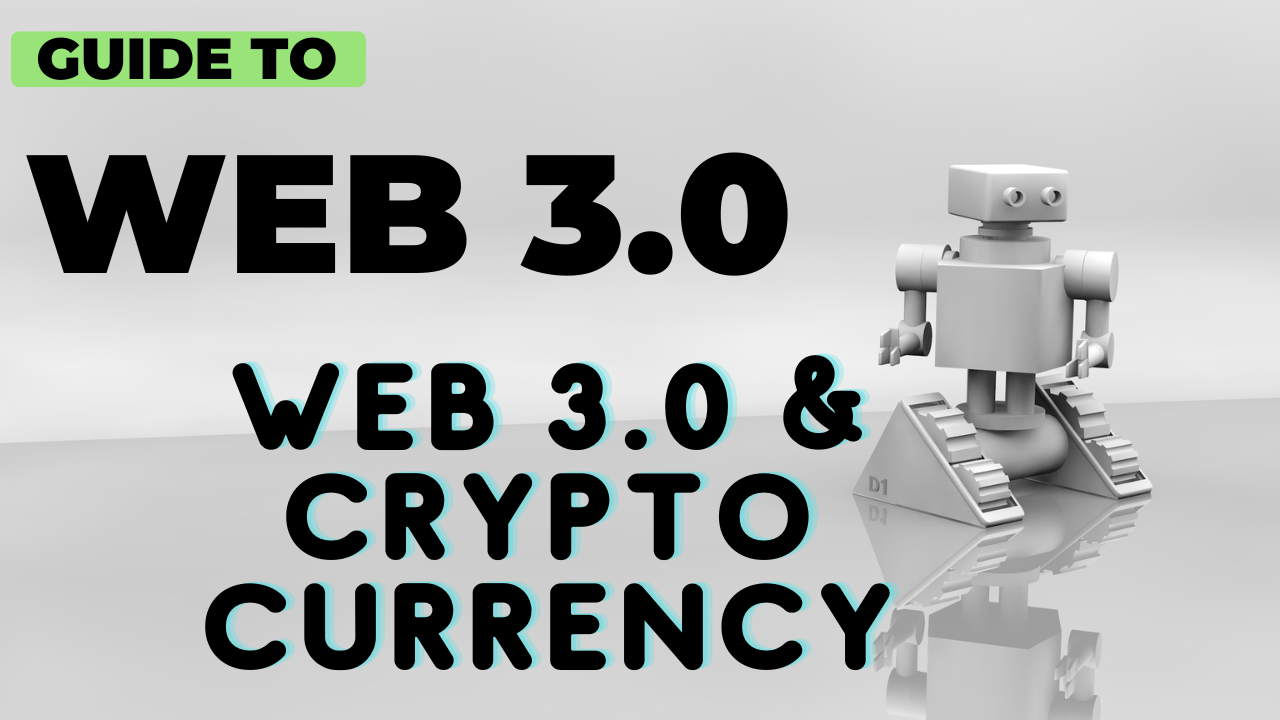What is Web 3.0? The web we know today is the 2.0 version of the internet, but what comes next? What will be the defining element of Web 3.0? This article explores what Web 3.0 means and talks about where it’s headed in the future.
An Overview of Web 1.0, 2.0 and 3.0
Web 1.0 (1990s-2000s): The World Wide Web was invented in 1989 by Tim Berners-Lee, a British computer scientist, who wanted to share scientific data with colleagues across the globe. The web grew from there to become an information resource that reaches more people than any other communication medium in history. Mosaic’s browser had no directory or search engine, but it was easy enough to find what you were looking for if you knew its URL. In 1993 Yahoo! and Lycos were founded as search engines, AOL began its dominance of dial-up internet access and Amazon became the first major online bookstore.
The World Wide Web
In 1991, Tim Berners-Lee invented a revolutionary way to store and share information over the Internet called the World Wide Web (Web). You can think of it like an interconnected library that’s open 24 hours a day, 7 days a week for anyone to come in and explore. There are many different ways to view the library: through your web browser, through your email client, or even on your phone! And there are thousands of different books that you can explore by typing in their title or ISBN number at any time you want.
A Brief History of the Internet
It’s hard to believe that it all started back in the early 1990s when Tim Berners-Lee, working for CERN, envisioned a web as an information system. His idea was to use hyperlinks on web pages to connect related information together and allow people from across the globe to share their knowledge with each other in real time. This vision became a reality with his invention of HTML, HTTP and URLs – which are still being used today! But it wasn’t until 1993 that he posted his proposal for a global hypertext project on one of CERN’s internal computers and then later released his first public description of what he had been working on at CERN in March 1994.
Hypertext Transfer Protocol (HTTP)
HTTP is a protocol that enables the full and open exchange of information on the web, so it’s no surprise that HTTP has become one of the most widely used protocols in use today. HTTP defines how data should be formatted, addressed, transmitted, routed, and received across a network such as the internet. To create an HTTP request, an application needs to format a data request line with the appropriate method for communication (e.g., GET) followed by any parameters for accessing specific resources (e.g., location). To start receiving information from an HTTP response, applications need to read header fields until they reach one containing Content-Length. The Content-Length header contains the total number of bytes available for reading in the response message body; if this field is not present or zero length, then there are no bytes left to read from this message and you have reached the end of it.
The dotcom bust
Yes, there was a dotcom bust in 2000, when many internet businesses collapsed and investors lost tons of money. But it’s not as bad as you might think. In fact, some would argue that the failure of these companies allowed for new innovations to take root and grow strong as they took advantage of lower-priced real estate and available talent pools. As a result, we have seen an explosion in mobile applications and social media platforms such as Instagram, Facebook, Twitter, etc., all born from the ashes of what was once deemed a tech bubble gone bust.
Why Cryptocurrency Is the Future of Web 3.0
The entire cryptocurrency industry has been exploding recently, and now there are thousands of different cryptocurrencies you can buy, sell and trade online. But the main question remains, how do these cryptocurrencies relate to Web 3.0 and why should you care? Here’s everything you need to know about how cryptocurrency relates to Web 3.0 and why it’s going to be the future of e-commerce, online payments, enterprise blockchain software and more!
The original vision for the World Wide Web was decentralized
In his original essay, Berners-Lee outlines his vision for what he called a web of information. This was to be a web that was decentralized and not controlled by any one central organization or person (Berners-Lee’s proposal for web 2.0). The creation and distribution of content would be empowered by two key technological developments: Hypertext Transfer Protocol (HTTP) and Hypertext Markup Language (HTML). These technologies enabled anyone to publish their own content on the World Wide Web, without requiring approval from any central organization or person.
Decentralized Systems have many Advantages over Centralized Systems
1) Decentralization is a form of censorship-resistant architecture, meaning that it does not rely on a single authority to store information or provide services. 2) Due to decentralization, records are spread across multiple computers, making it extremely difficult for one attacker to disrupt service or modify data. 3) Centralized systems are constantly vulnerable to data breaches and cyber attacks; decentralized systems do not suffer from this vulnerability as the information is stored in multiple locations which cannot be accessed by hackers at once. 4) Decentralized systems are more efficient than centralized ones as data does not need to be transferred between different parts of the system every time a transaction needs to be verified.
What does it mean for the Future of Payments?
